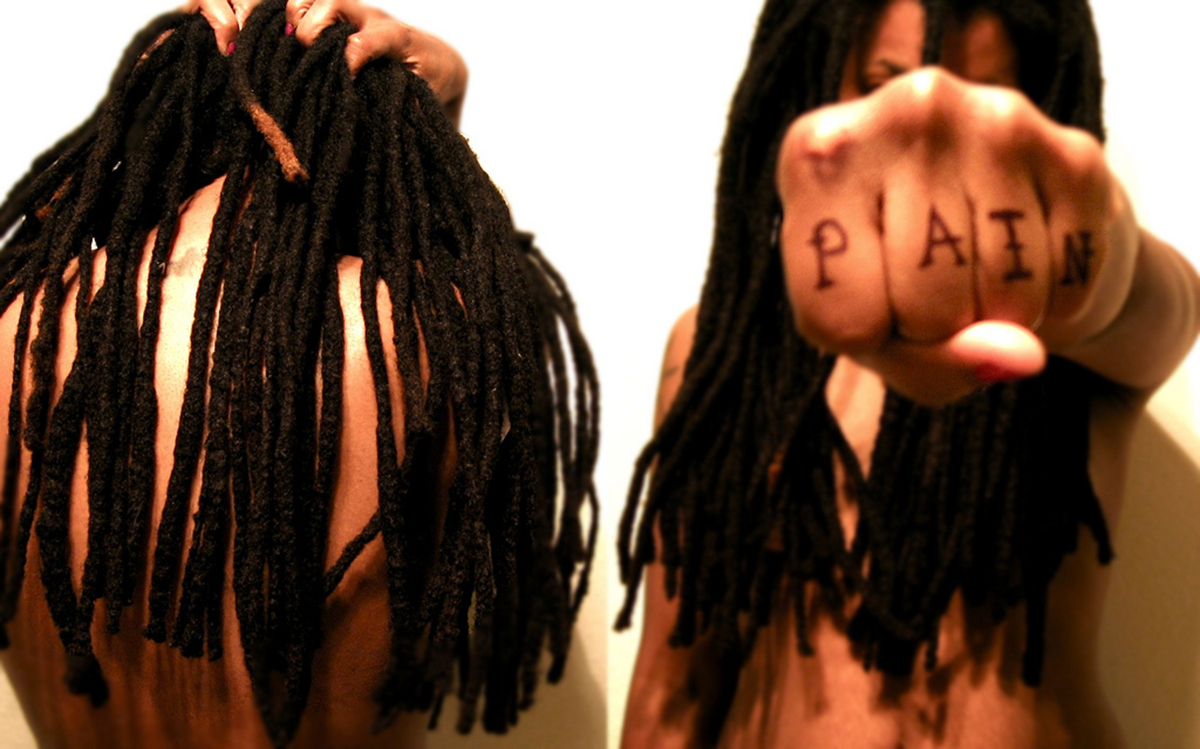Table of Contents
Osteoarthritis (OA) is the most common form of arthritis and it affects millions of people worldwide. It occurs over a relatively long period of time, when there's deterioration or wearing down of the protective cartilage which is found on the ends of bones.
The smooth and slick surface of this cartilage eventually wears down and one is left with bony surfaces rubbing against each other. This then leads to inflammation and pain which is associated with OA.
Even though OA can cause damage to any joint in the body, it seems that the most involved joints are those of the spine, hands, hips and knees.

Risk factors
- Advancing age is a risk factor for developing OA.
- Gender - females are more likely that males to develop OA and the reason for this is unknown.
- Genetic factors - there seems to be that certain people inherit a tendency to develop OA.
- Obesity - having to carry extra weight results in increased stress being applied to weight-bearing joints such as the hips and knees. Obesity is also associated with fat tissue producing proteins which can cause inflammation in and around the joints.
- Injuries to the joints - joint injuries can be sustained due to sporting activities or accidents and these events can speed up the progression to OA, even if the incidents occurred years before and had seemingly healed.
- Bone deformities - the risk of OA is increased in patients with malaligned bones, defective cartilage or malformed joints.
Signs and symptoms
OA develops slowly and becomes worse over time. Signs and symptoms of this condition could include the following:
- Pain - can occur during or after moving the affected limb.
- Stiffness - this may be more pronounced when getting up in the morning or after a period of being inactive. Stiffness due to OA tends to improve, but not resolve, as the day goes on.
- Tenderness - applying light pressure on the affected joint may elicit tenderness.
- Grating sensation - 'crepitus' is when one feels or hears a grating sensation when moving the affected joint.
- Decreased flexibility - there's loss of flexibility with OA and patients can't seem to make use of the full range of motion of the affected joint.
- Bone spurs - these are extra pieces of bone which form around the affected joint due to chronic inflammation.
READ Pain Relief | How to Effectively Avoid Hip Pain
Complications
Diagnosis
OA is usually diagnosed based on clinical findings. X-rays and MRI's are performed to help determine the extent of damage to the affected joint and would help in determining the correct form of management for the patient.
Treatment
The management of OA depends on the severity of the condition. In most cases, medications such as paracetamol or anti-inflammatories as well as physical therapy are enough to help alleviate symptoms. If the OA is so severe that it affects the patient's quality of life or conservative therapies are no longer effective, then surgical intervention may be necessary.
- www.medicalbrief.co.za/archives/fracture-risk-increases-after-total-knee-replacement/
- www.mayoclinic.org/diseases-conditions/hip-fracture/basics/complications/con-20021033
- www.mayoclinic.org/diseases-conditions/osteoarthritis/home/ovc-20198248
- Photo courtesy of dsasso: www.flickr.com/photos/dsasso/36379766/
- Photo courtesy of cosmic_bandita: www.flickr.com/photos/cosmic_bandita/3699832401/
- Photo courtesy of cosmic_bandita: www.flickr.com/photos/cosmic_bandita/3699832401/


Your thoughts on this